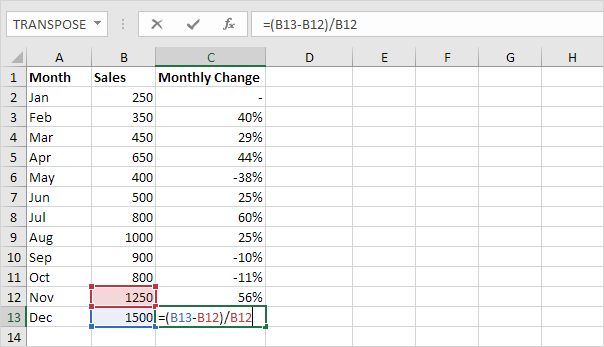

In our example, in addition to the principal amount of $10, the earned interest of $0.70 will also earn interest next year.

In other words, you earn interest not only on the principal amount, but also on the interest earned in each compounding period. This increased amount becomes the principal for the next time period (compounding period) and also earns interest. The bank won't give the earned interest back to you, instead they add it to your principal investment. In case of compound interest, the principal in each time period is different. How much will your deposit be worth after one year at an annual interest rate of 7%? The answer is $10.70 (10 + 10*0.07 = 10.70), and your earned interest is $0.70. For example, you put $10 into a bank account. Perhaps, it might be easier to start with simple interest that is calculated only on the principal amount. More precisely, compound interest is earned on both the initial deposit (principal) and the interest accumulated from previous periods. In very simple terms, compound interest is the interest earned on interest.
#5% increase in excel formula how to
How to calculate compound interest in Excel.The aim of this article is to make it easy : ) You will also learn how to use a compound interest formula in Excel and create a universal compound interest calculator for your own worksheets. Unless you are an accounting graduate, financial analyst or an experienced investor, it might be a bit difficult to grasp the concept from specialized financial books and manuals. You will also find the detailed steps to create your own E xcel compound interest calculator.Ĭompound interest is one of the basic building blocks in banking and one of the most powerful financial forces around that determine the outcome of your investments. Monthly to Annual: (1 + Growth Rate)^(12)-1įor more information on working with monthly periods please click on this LINK (or the image below).The tutorial explains the compound interest formula for Excel and provides examples of how to calculate the future value of the investment at annual, monthly or daily compounding interest rate. Monthly to Quarterly: (1 + Growth Rate)^(3)-1 Quarterly to Annual: (1 + Growth Rate)^(4)-1 Quarterly to Monthly: (1 + Growth Rate)^(1/3)-1 So for an annual growth rate of 5% we would take the approach that follows.Īnd since we are solving for (1 + Growth Rate), we subtract 1 from the outcome:Īnnual To Monthly: (1 + Growth Rate)^(1/12)-1Īnnual to Quarterly: (1 + Growth Rate)^(1/4)-1 The simplest way to explain this is to solve for the value that when multiplied by itself 12 times returns (1 + the Annual Growth Rate). If this were to occur for 12 consecutive periods the multiplication pattern would repeat. When a value grows by 5% from one period to the next you multiply the value by 1.05. The correct approach is to apply exponents, and we can explain why this is the correct approach with a simple explanation.
#5% increase in excel formula download
There is also an Excel template available for download that will make this calculation for you so that you can check your math (the calculator will apply the conversion to annual, quarterly and monthly periods). In this post we will explore the correct way to convert growth rates for all periods. The most common error I see in financial models as it relates to growth rates is to divide an annual growth rate by 12 to arrive at the monthly growth rate.


 0 kommentar(er)
0 kommentar(er)
